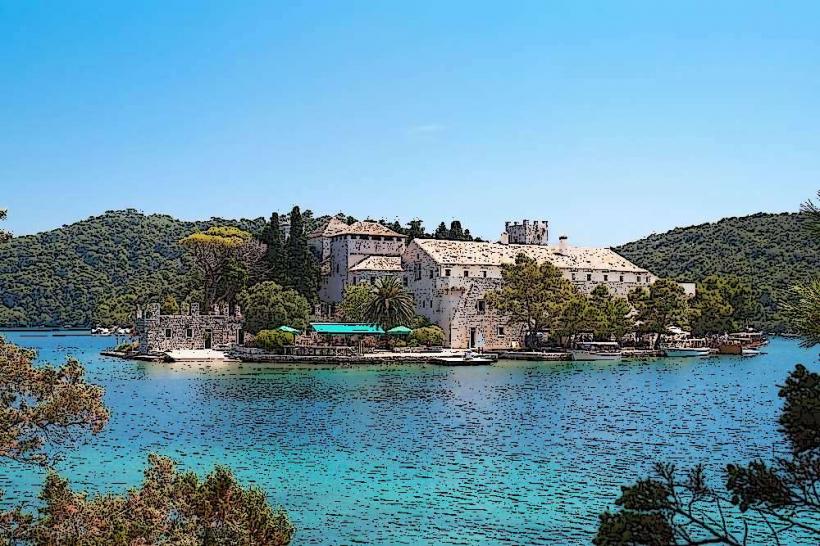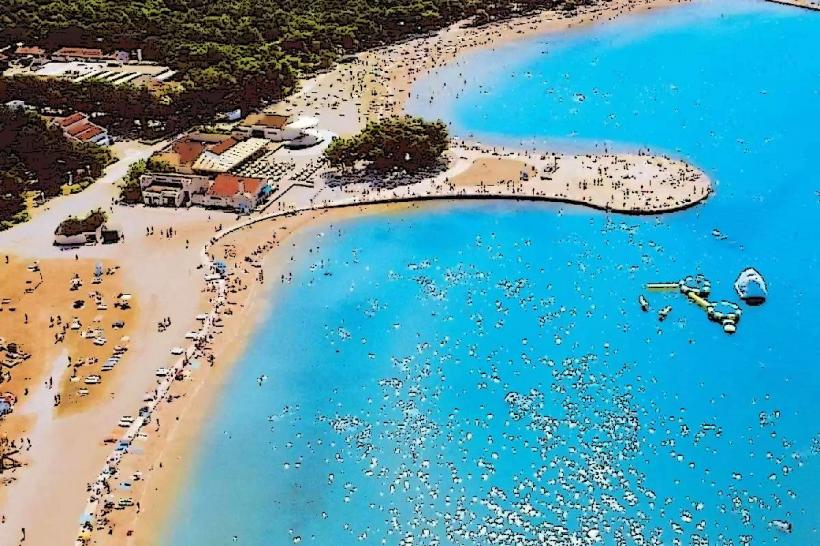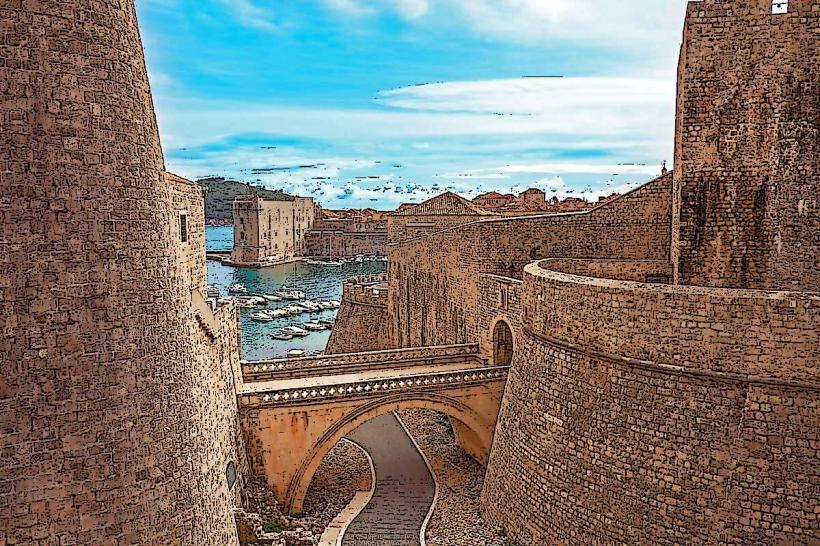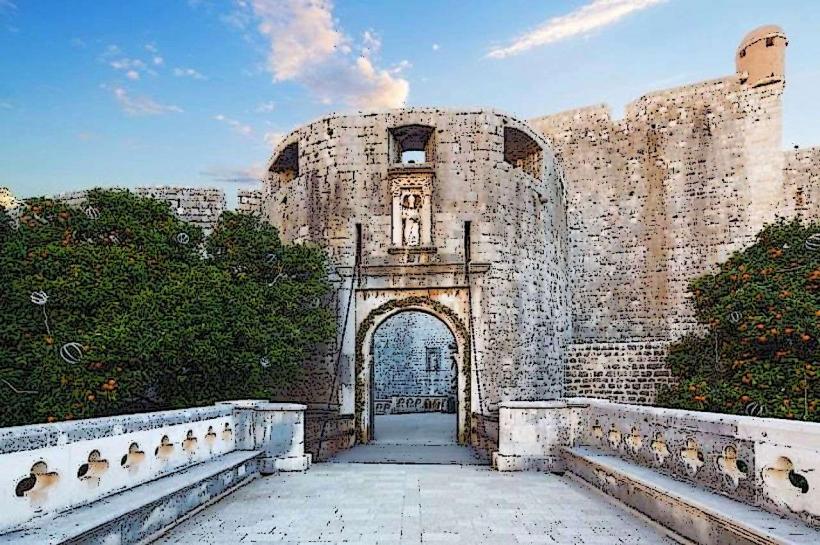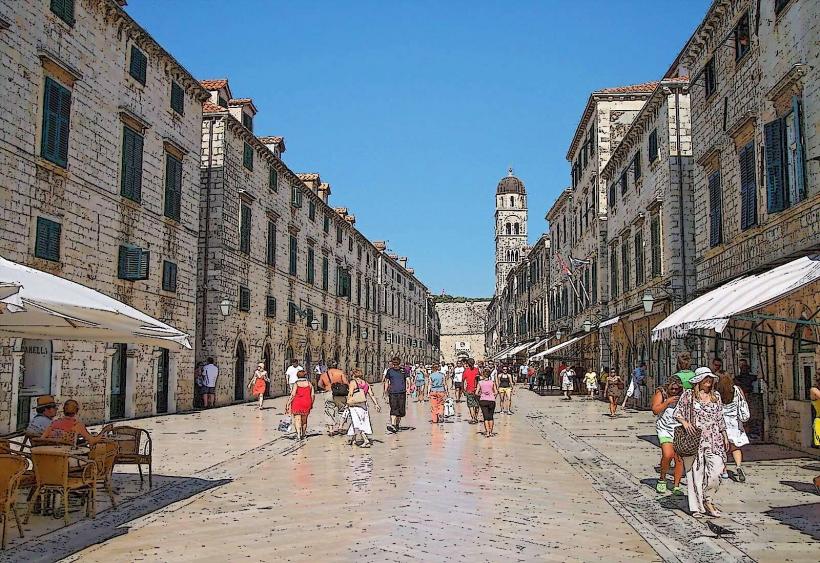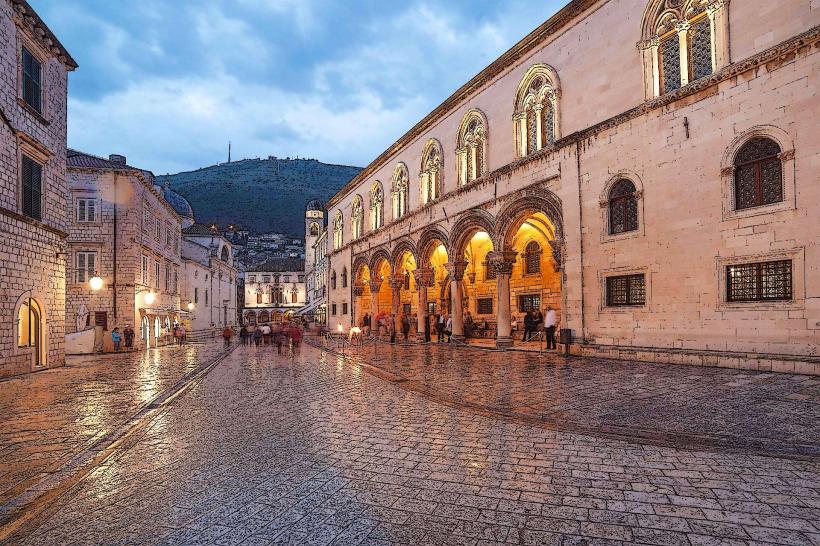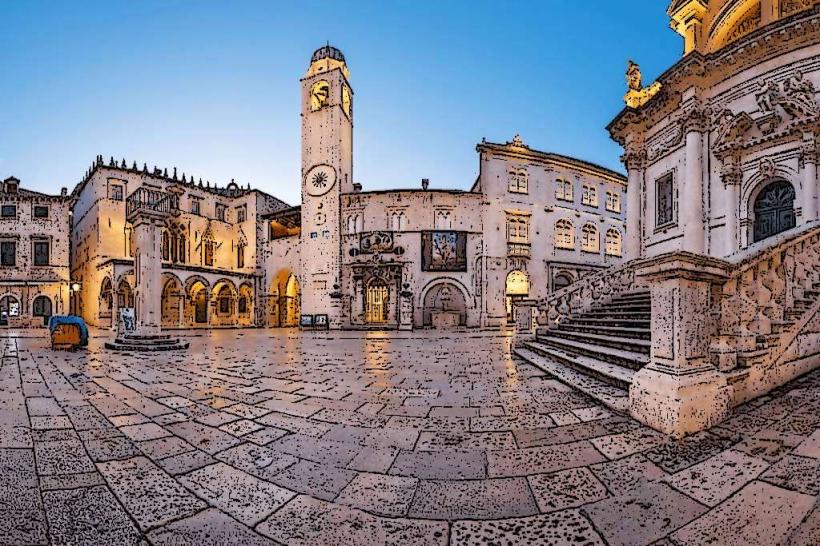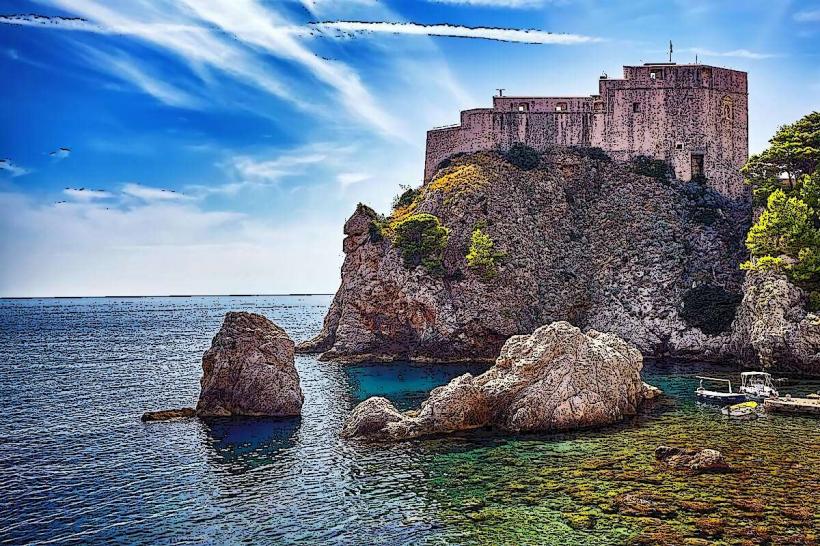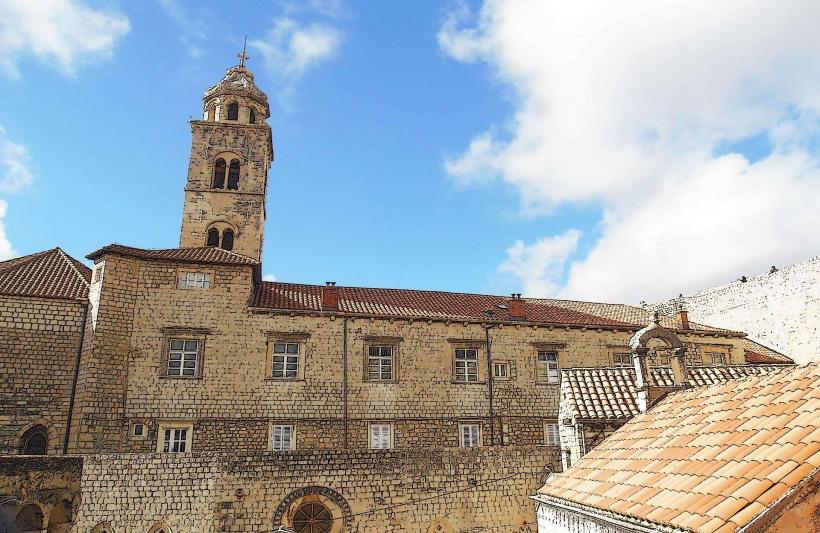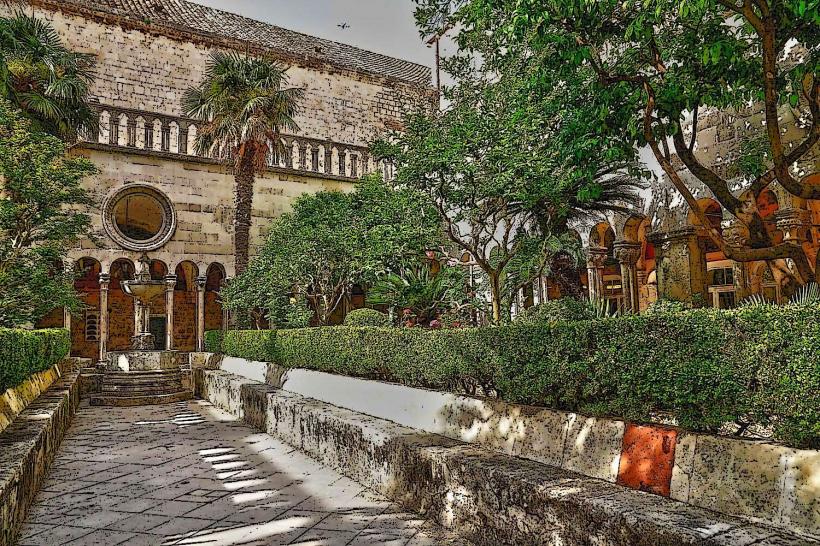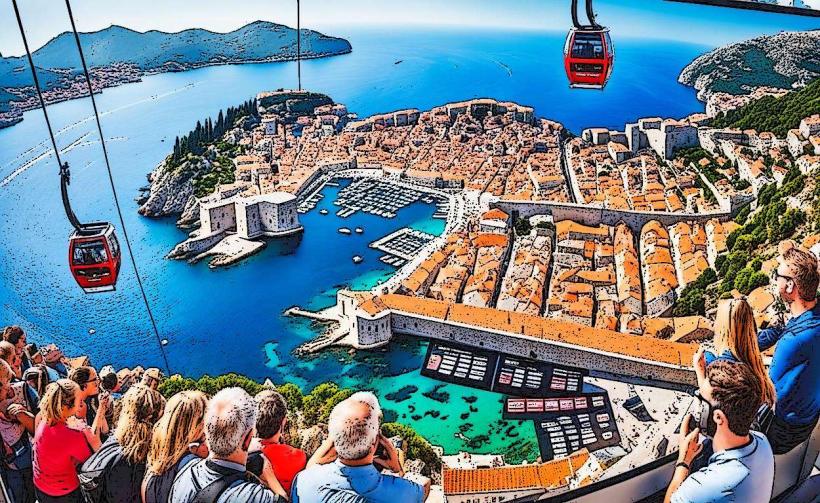Information
Landmark: Lastovo ArchipelagoCity: Dubrovnik
Country: Croatia
Continent: Europe
The Lastovo Archipelago is a stunning and largely unspoiled group of islands located in the southern part of the Adriatic Sea, part of Croatia. The archipelago consists of Lastovo Island, along with numerous smaller islands and islets, and is known for its pristine natural beauty, crystal-clear waters, and rich biodiversity. It is one of the most remote and least developed areas in Croatia, making it an excellent destination for those seeking peace, tranquility, and unspoiled nature.
Overview of the Lastovo Archipelago
1. Geographic Location and Accessibility
- Location: The Lastovo Archipelago is situated approximately 60 km (37 miles) from the Croatian mainland, southeast of the island of Korčula and northeast of Mljet Island. It lies within the Adriatic Sea and is part of the Dubrovnik-Neretva County.
- Access: The archipelago is accessible by ferries and private boats. The main island, Lastovo, has a port in the town of Lastovo. Ferries from Split and Ploče (on the mainland) serve the island, with regular connections during the tourist season (spring to autumn). Private boats and yachts are also a popular way to explore the islands.
2. Lastovo Island
The largest island in the archipelago, Lastovo Island, is the central hub of the area. It is known for its Mediterranean charm, lush landscapes, and traditional stone houses. Despite being relatively close to popular tourist destinations in southern Croatia, it remains a peaceful and less-visited place.
- Town of Lastovo: The main settlement on the island is the town of Lastovo, which is perched on a hill and offers a labyrinth of narrow streets, traditional stone houses, and beautiful views. The town is relatively small but has a variety of restaurants, cafes, and shops, providing visitors with a glimpse into local life. Notable landmarks include the St. George Church and the Lastovo Fort, which dates back to the 15th century.
- History: The island has a rich history, with evidence of its settlement dating back to Roman times. It has been influenced by various cultures, including the Venetians and the French, and was once a significant military base during the Austro-Hungarian Empire and later the Yugoslav era.
3. The Archipelago's Natural Beauty
- Protected Area: The Lastovo Archipelago Nature Park was established in 2006 to preserve the region's natural environment, including its marine and terrestrial ecosystems. The park covers the entire archipelago, including Lastovo Island and all its surrounding islets, making it an important conservation area.
- Flora and Fauna: The archipelago is known for its rich biodiversity. It is home to many species of Mediterranean flora, including wild rosemary, lavender, and pine forests. The surrounding seas are equally diverse, with abundant marine life, including dolphins, seals, and various species of fish. The archipelago is also a popular spot for birdwatching, as it is a haven for migrating birds and seabirds such as eagles, buzzards, and pelicans.
- Beaches: Lastovo’s coastline is rugged and dotted with secluded beaches and coves. Many of the beaches are pebble beaches with crystal-clear waters, ideal for swimming and snorkeling. Notable beaches include Trstenik Beach, Kremena Beach, and Zaklopatica Bay, which are among the most picturesque on the island.
4. Activities and Outdoor Adventures
The Lastovo Archipelago is a paradise for outdoor enthusiasts, offering a wide range of activities to explore the island’s natural beauty:
- Hiking: The island’s rugged terrain offers numerous hiking trails that lead to panoramic viewpoints, hidden coves, and through fragrant pine forests. One of the best hikes is to the top of Mount Hum, the highest point on the island, where hikers are rewarded with breathtaking views over the archipelago.
- Cycling: The archipelago’s quiet roads and scenic landscapes make it an excellent destination for cycling. Biking through the villages and coastal paths allows visitors to experience the island at a relaxed pace.
- Scuba Diving and Snorkeling: The clear waters around Lastovo are perfect for underwater exploration. Divers can discover underwater caves, wrecks, and a rich marine ecosystem, while snorkelers can enjoy the vibrant fish and sea life just off the coast.
- Boat Tours: The best way to explore the smaller islands and secluded coves of the archipelago is by boat. Kayaking and stand-up paddleboarding are also popular ways to explore the crystal-clear waters at your own pace.
5. Cultural Heritage
While Lastovo Island is primarily known for its natural beauty, it also boasts a rich cultural heritage that reflects its history and traditions.
- Traditional Architecture: The island is known for its traditional stone houses, which are often covered in greenery and have red-tiled roofs. These houses are often built in a stepped manner on the hillsides to maximize the use of space and offer stunning views of the sea.
- Festivals: Kolo is a traditional folk dance performed during local festivals, and Lastovo’s Feast of St. George (celebrated in April) is one of the most important religious and cultural events on the island. The town also celebrates various seasonal festivals, often centered around local food, music, and customs.
6. Lastovo Archipelago Islands
In addition to Lastovo Island, the archipelago includes several smaller islands and islets, many of which are uninhabited or have only seasonal residents. These islands are part of the nature park and are important for wildlife conservation.
- Skrivena Luka (Hidden Bay): Located on Lastovo Island, this secluded bay is a popular spot for boaters and is known for its pristine environment. It has a small beach and is surrounded by lush vegetation.
- Sušac Island: A small, rocky island to the southeast of Lastovo, known for its lighthouse and its importance as a nesting ground for seabirds.
- Mali Lastovo and Veli Lastovo: Small islets that are part of the nature park, offering a more remote and peaceful escape.
7. Best Time to Visit
- Summer (June to September): The most popular time to visit the Lastovo Archipelago is during the summer months, when the weather is warm, and the sea is perfect for swimming, boating, and diving. The island is liveliest during this time, with local festivals and events taking place.
- Spring and Autumn (April to May and October): These shoulder seasons are also excellent for visiting, as the weather remains pleasant but there are fewer tourists, making for a more peaceful experience. These months are ideal for hiking, cycling, and nature exploration.
Conclusion
The Lastovo Archipelago is a hidden gem in Croatia, offering unparalleled natural beauty, rich history, and a tranquil atmosphere that remains largely untouched by mass tourism. Whether you’re looking to explore the rugged landscapes of Lastovo Island, discover the archipelago’s rich marine life, or simply relax on a secluded beach, the area provides a perfect getaway for nature lovers, outdoor enthusiasts, and those seeking an authentic, unspoiled Adriatic experience. With its protected environment, charming towns, and diverse wildlife, the Lastovo Archipelago is truly one of Croatia’s most remarkable and serene destinations.

